

Bodh Gaya, a small town in Bihar, is a spiritual beacon for millions around the world, drawing visitors from all walks of life who are seeking peace, wisdom, and enlightenment. As the place where Gautama Buddha attained enlightenment under the Bodhi Tree, Bodh Gaya is steeped in history, serenity, and sacred significance. Whether you're a pilgrim or a traveler exploring the rich cultural heritage of India, Bodh Gaya offers an unforgettable experience. Here are three must-visit attractions that make this sacred town a top destination for tourists.
Standing tall at the heart of Bodh Gaya, the Great Buddha Statue is an awe-inspiring symbol of peace, meditation, and the timeless teachings of Lord Buddha. Just 1 kilometer from the Bodhgaya Bus Station and 1.5 kilometers from the sacred Mahabodhi Temple, this iconic statue is a must-visit destination for travelers and pilgrims alike. Whether you're exploring the Buddhist Circuit in India or seeking a tranquil spot to reflect and connect with ancient wisdom, the Great Buddha Statue offers a profound and memorable experience.
At an impressive height of 25 meters (82 feet), the Great Buddha Statue is among the tallest statues in India. It holds the distinction of being the first and largest statue of Buddha ever built in the country. The construction of this magnificent monument began in 1982, a grand initiative to celebrate and spread the teachings of Gautama Buddha. After seven years of meticulous effort, the statue was consecrated in 1989 by the XIV Dalai Lama, marking a historic moment in the history of Buddhist art and architecture.
The statue portrays Lord Buddha seated in the Dhyana Mudra, a classic meditation posture, on a blooming lotus, symbolizing enlightenment. This serene pose, with Buddha's hands resting gently on his lap, radiates tranquility and mindfulness, inspiring visitors to find inner peace and calm. The figure is made of red granite and sandstone, with fine detailing that captures the gentle expression and noble bearing of Buddha.
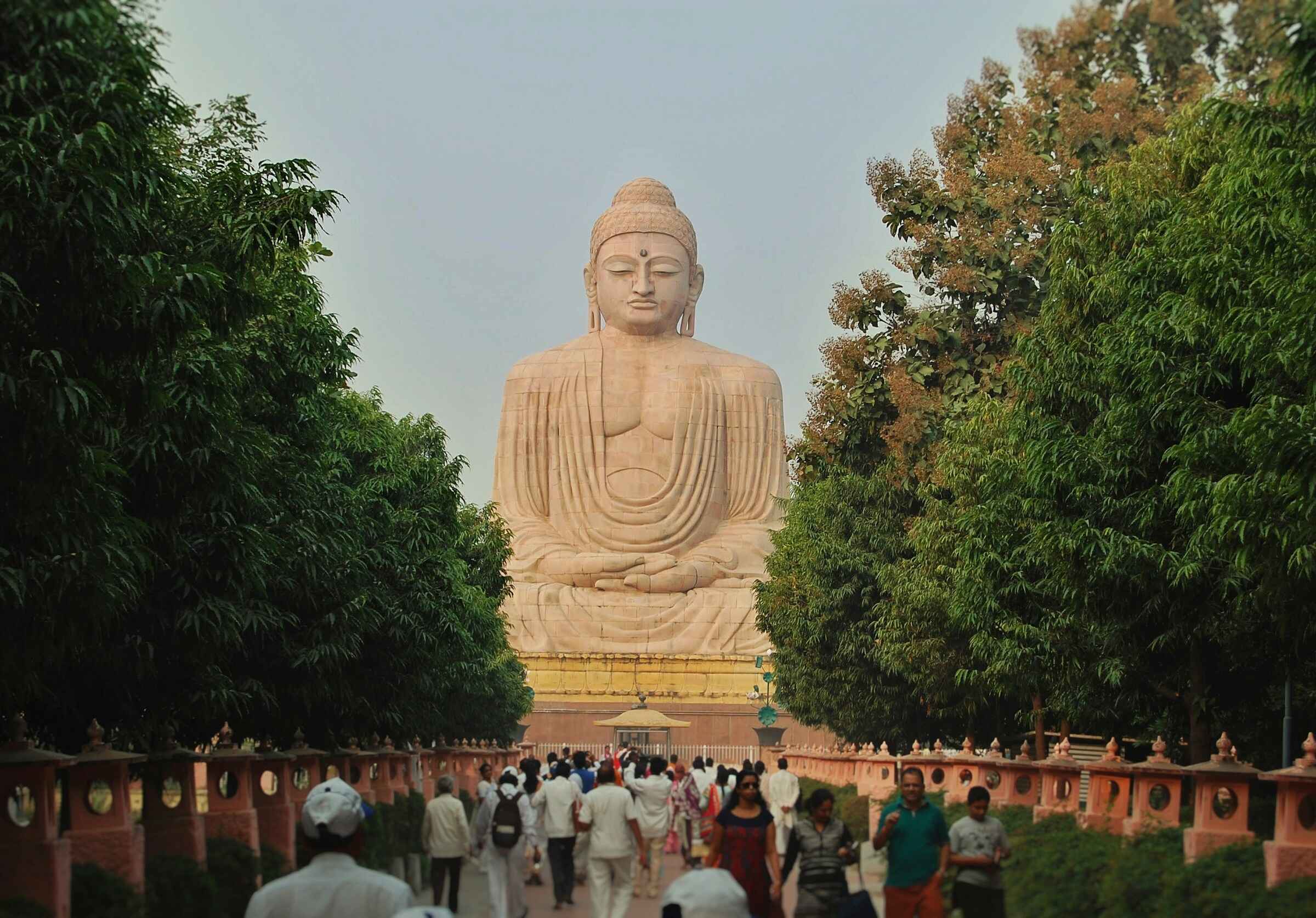
|
The grandeur of the Great Buddha Statue is enhanced by the presence of ten smaller sculptures that surround it, representing Buddha's most trusted disciples. These disciples played significant roles in spreading Buddha's teachings and preserving the sacred knowledge of Buddhism for future generations. Among them are two especially revered figures: Sariputta and Mahamoggallana, who were unveiled and consecrated in 1993.
The other eight disciples—Mahakassapa, Subhuti, Punna, Mahakaccana, Anuruddha, Upali, Rahula (Buddha's son), and Ananda (Buddha's closest companion)—were unveiled and consecrated in 1996. These statues, carved from sandstone sourced from Chunar, near Benares (Varanasi), share the same material as the Great Buddha Statue, giving the entire ensemble a cohesive aesthetic and spiritual significance. The ten disciples are depicted standing around the central Buddha statue, creating a serene atmosphere that invites visitors to immerse themselves in contemplation. Each disciple is an embodiment of a key aspect of Buddhist practice, reminding those who come to seek wisdom, humility, and dedication on their spiritual journey. |

In close proximity to the Great Buddha Statue is the Daijokyo Buddhist Temple, another important site for visitors. This temple enshrines the principal images of Daijokyo Buddhism, including the Eternal Shakyamuni Buddha, Visistacaritra, Anantacaritra, Visuddhacaritra, and Supratisthitacaritra. The temple offers a peaceful environment for meditation and reflection, further enriching the spiritual experience of visiting the Great Buddha Statue.
The temple is especially popular among Japanese pilgrims, as it represents the Daijokyo sect of Japanese Buddhism. Visitors can observe traditional Buddhist rituals, participate in prayer ceremonies, or simply enjoy the tranquil atmosphere. The presence of this temple adds an international dimension to the site, reinforcing Bodh Gaya's role as a global center for Buddhist spirituality.
To ensure you make the most of your visit to the Great Buddha Statue, here is some essential visitor information:
Timings: The site is open daily from 7 AM to 12 PM and from 2 PM to 6 PM. It’s advisable to visit during the early morning or late afternoon hours to avoid the midday heat and enjoy a more serene experience.
Entry: There is no entry fee to visit the Great Buddha Statue, making it an accessible and welcoming destination for travelers from all walks of life.
How to Reach: The Great Buddha Statue is easily accessible from Bodh Gaya’s main landmarks. It is just 1 kilometer from the Bodhgaya Bus Station and 1.5 kilometers from the Mahabodhi Temple. Visitors can either walk or hire an auto-rickshaw for a short ride to the site. For those coming from further afield, the nearest railway station is Gaya Junction (around 16 kilometers away), and the nearest airport is Gaya Airport, located just 12 kilometers from Bodh Gaya.
The Ideal Time to Visit: Spirituality Meets Pleasant Weather:
The best time to visit the Great Buddha Statue is between October and March, when the weather in Bodh Gaya is cool and pleasant. This period also coincides with important Buddhist festivals, including Buddha Purnima, making it an ideal time for spiritual tourism. During these festivals, the statue and the surrounding area come alive with vibrant cultural activities, prayer ceremonies, and processions.
Visiting the Great Buddha Statue during these cooler months not only ensures a comfortable experience but also allows travelers to engage more deeply with the spiritual and cultural practices of the region.



"Discover serenity at ISKCON Patna – a spiritual haven where devotion meets peace in the heart of Bihar's capital."
For more details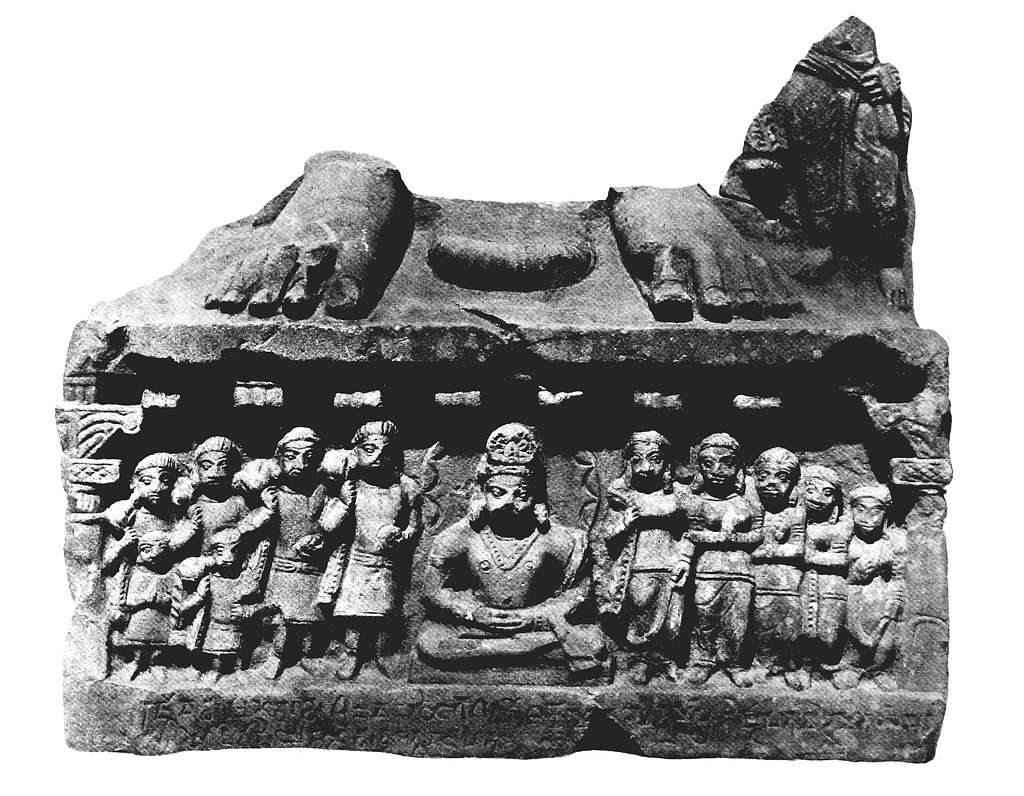
"Explore Patna Museum – a journey through Bihar's rich heritage, ancient artifacts, and timeless treasures of India's glorious past."
For more details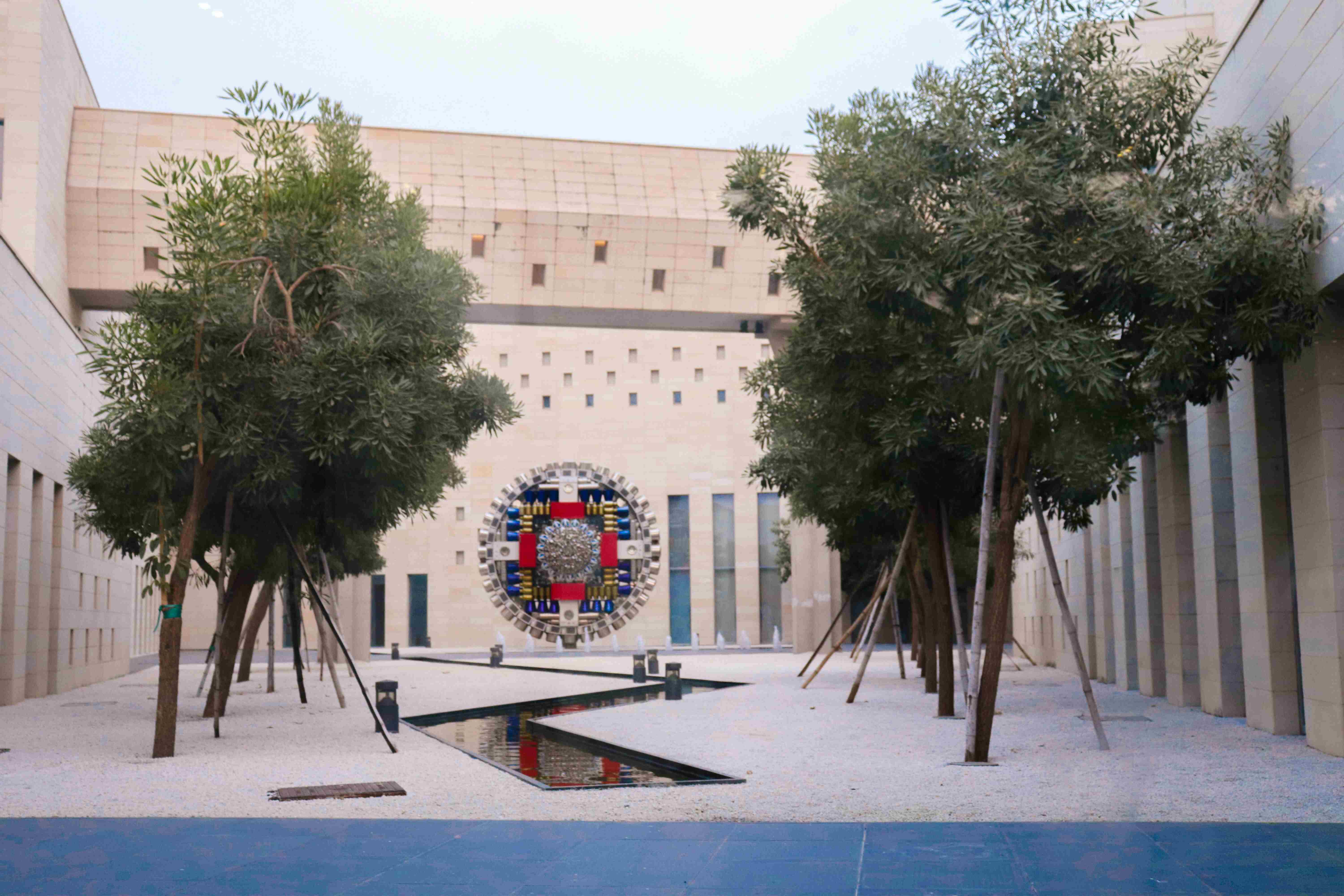
"Discover Bihar Museum – where history, art, and culture come alive, showcasing the vibrant legacy of Bihar’s ancient past."
For more details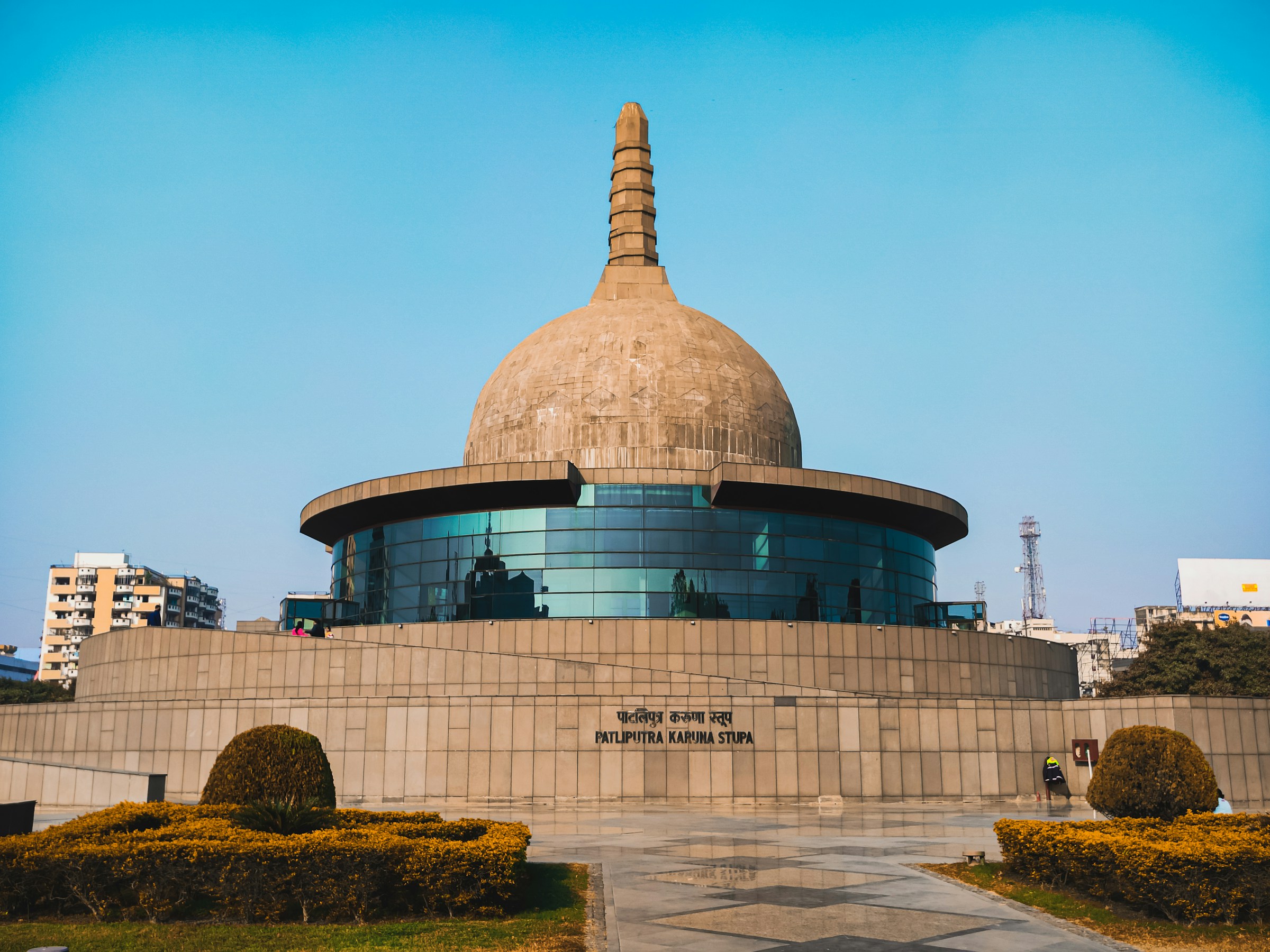
"Experience tranquility at Buddha Park – a serene escape in Patna, where peace and spirituality blend with natural beauty."
For more details
"Explore Patna Zoo – a lush green sanctuary where wildlife, nature, and adventure come together for a perfect family day out."
For more details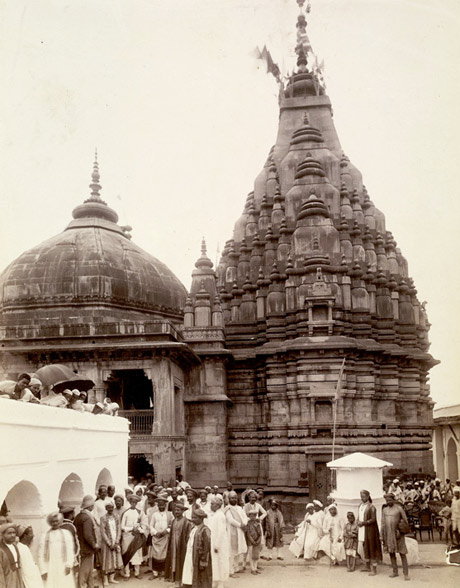
"Visit Vishnupad Temple – a sacred pilgrimage where devotion meets history, nestled in the spiritual heart of Gaya."
For more details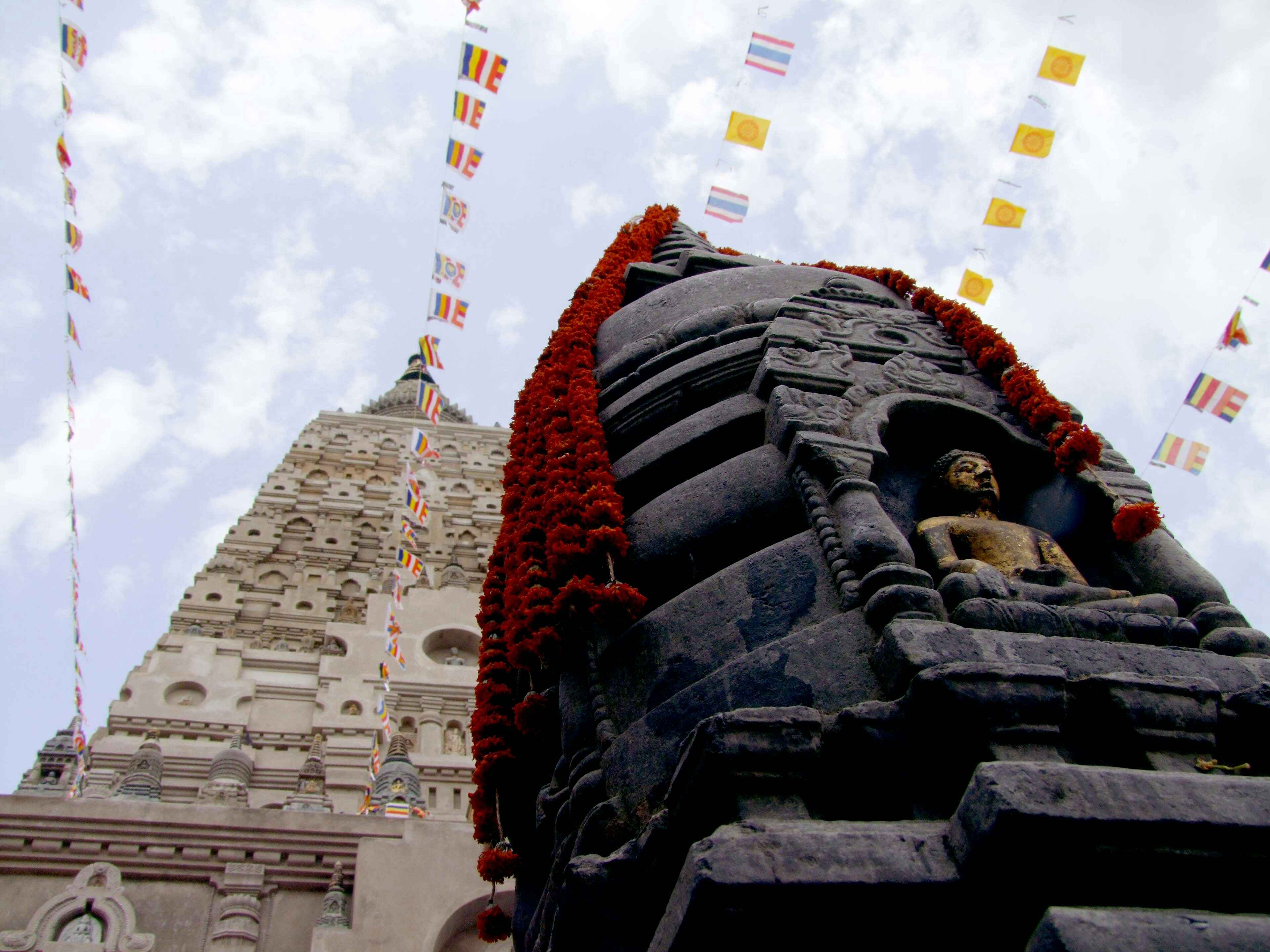
"Visit Mahabodhi Temple – a sacred pilgrimage where devotion meets history, nestled in the spiritual heart of Bodh Gaya."
For more details
"Discover Ghora Katora – a peaceful lakeside retreat near Rajgir, where nature’s beauty and serenity offer a perfect escape."
For more details
"Uncover the mystery of Barabar Caves – India’s oldest rock-cut caves, steeped in history and ancient Buddhist heritage."
For more details
"Explore Dungeshwari Cave Temples – sacred ancient caves where Lord Buddha meditated, offering spiritual peace and historical significance near Bodh Gaya."
For more details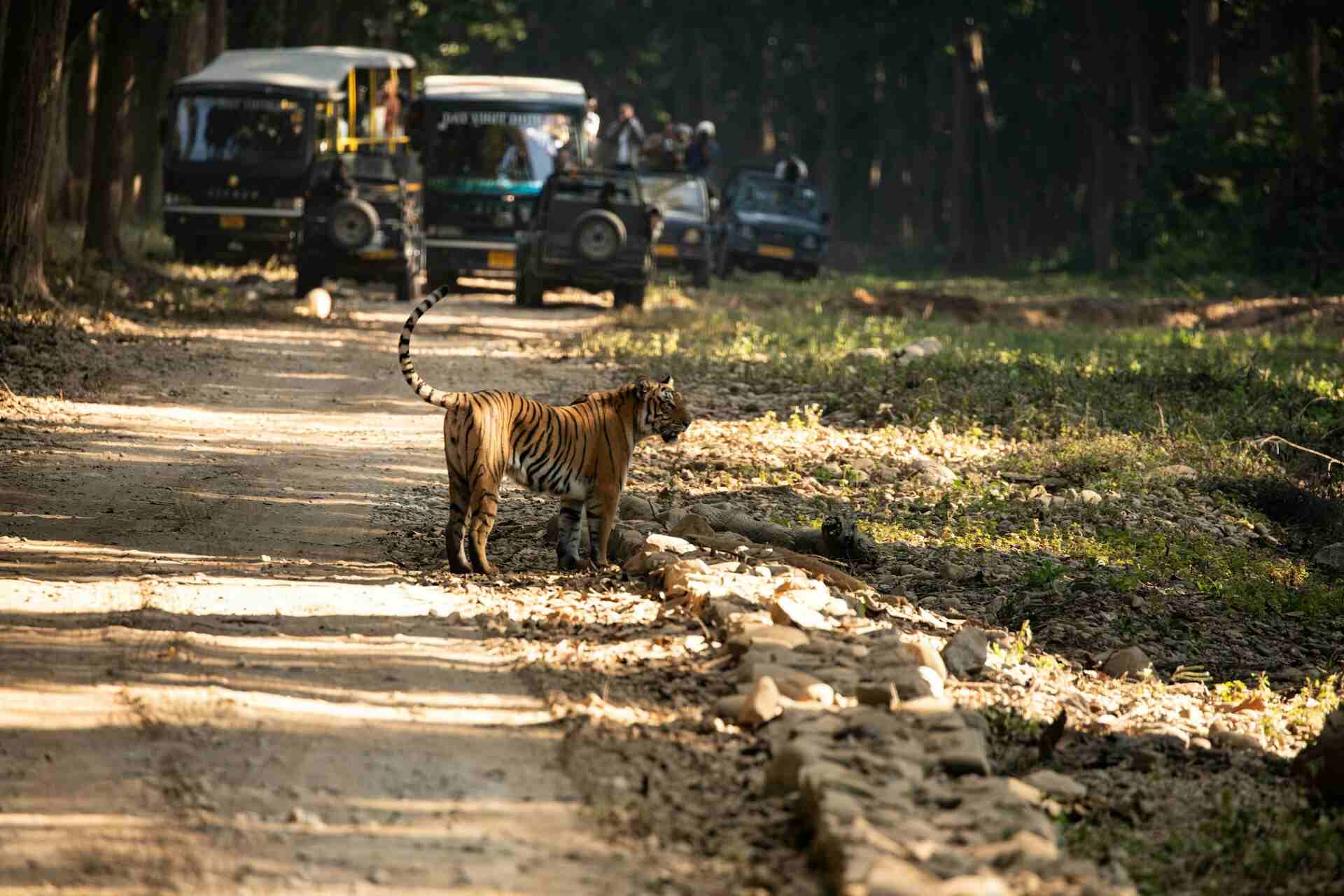
"Embark on an adventure at Rajgir Safari – a thrilling wildlife experience amidst the natural beauty and hills of Rajgir."
For more details